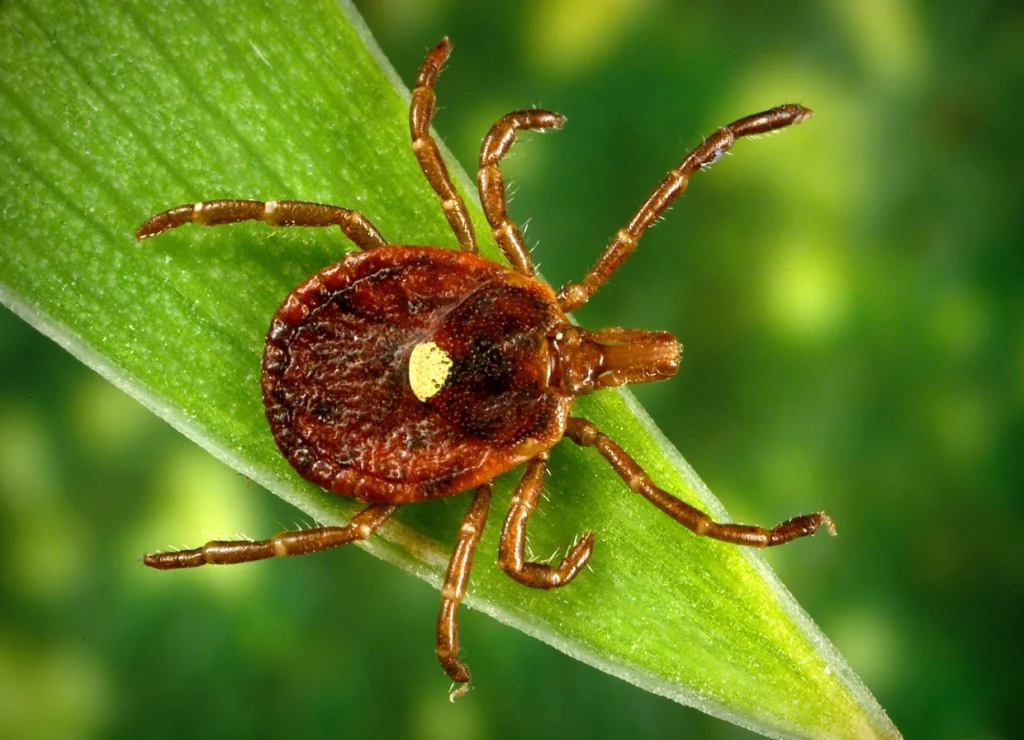

wordpress-seo domain was triggered too early. This is usually an indicator for some code in the plugin or theme running too early. Translations should be loaded at the init action or later. Please see Debugging in WordPress for more information. (This message was added in version 6.7.0.) in /home/sehatnagar.com/public_html/wp-includes/functions.php on line 6114
Heartland virus is a viral infection that belongs to the Phlebovirus genus of the Bunyaviridae family. The virus was first identified in 2009 in the Midwestern region of the United States, specifically in two patients from Missouri. Since then, several cases of Heartland virus infection have been reported in the United States, mostly in the south and Midwest.
However, the virus is transmitted to humans through the bite of infected Lone Star ticks, which are commonly found in wooded and grassy areas in the southern and central United States.

However, heartland virus infection can cause a range of symptoms, which can vary in severity from mild to severe. Some people infected with the virus may also not experience any symptoms at all. The symptoms of Heartland virus infection usually appear within 2-14 days of being bitten by an infected tick.
Common symptoms of Heartland virus infection may include:
In some cases, Heartland infection can lead to more severe symptoms such as:
Note that most of the symptoms can vary from person to person and some people may experience mild symptoms while others may experience more severe symptoms that require hospitalization.
This virus belongs to the Phlebovirus genus of the Bunyaviridae family. However, the virus is primarily transmitted to humans through the bite of an infected Lone Star tick (Amblyomma americanum). It is commonly found in the southern and central United States.
When an infected tick bites a human, the virus can be transmitted through the tick’s saliva and into the person’s bloodstream. Once the virus enters the human body, it can infect and replicate in various cells and tissues, leading to the development of symptoms.
Note that Heartland virus is not known to be transmitted from person to person or through contact with infected animals or their blood, urine, or feces. The lone star tick is the primary vector for the transmission of Heartland virus to humans. Therefore, it is essential to take measures to prevent tick bites by wearing protective clothing, using insect repellents, and avoiding areas where ticks are common, especially during the spring and summer months when tick activity is at its peak.
There is currently no specific antiviral treatment for this infection. Most people infected with the virus will recover without treatment. Treatment typically involves managing symptoms, such as fever and pain, with over-the-counter medications like acetaminophen or ibuprofen.
In cases where symptoms are severe, hospitalization may be required. People with severe symptoms, such as low white blood cell count, low platelet count, or respiratory distress, may need to be hospitalized for supportive care, such as intravenous fluids, respiratory support, or blood transfusions.
Prevention is the best way to avoid Heartland virus infection. To reduce the risk of contracting Heartland virus, individuals should take precautions to avoid tick bites, such as wearing long-sleeved shirts and pants, using insect repellents, checking for ticks after spending time outdoors, and avoiding wooded and grassy areas where ticks are common. If a tick is found attached to the skin, it should be removed as soon as possible using fine-tipped tweezers, grasping the tick close to the skin and pulling upward with steady, even pressure. After removing the tick, the area should be cleaned with rubbing alcohol or soap and water.